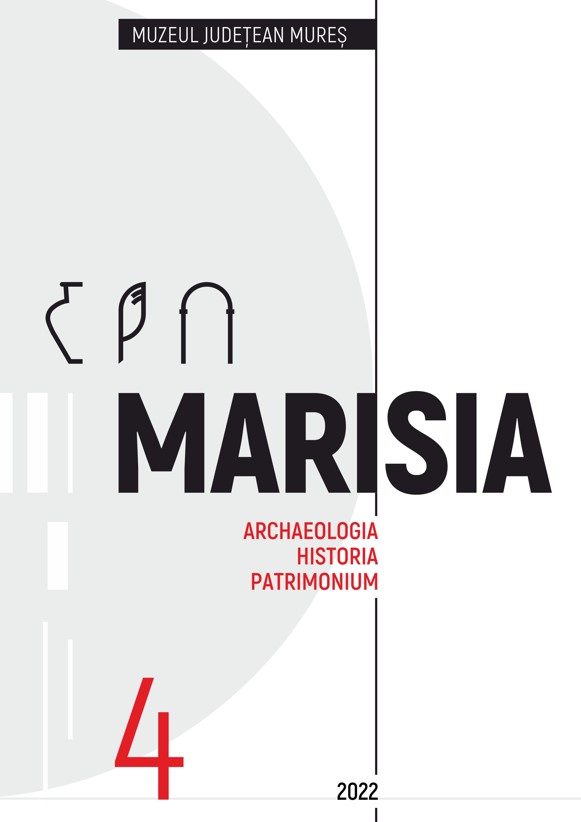THE JUDITH AND HOLOFERNES THEME ON STOVE TILES FROM THE 16TH CENTURY DISCOVERED IN CLUJ‑NAPOCA
THE JUDITH AND HOLOFERNES THEME ON STOVE TILES FROM THE 16TH CENTURY DISCOVERED IN CLUJ‑NAPOCA
Author(s): Ilka BoérSubject(s): Archaeology, Cultural history, Visual Arts, Local History / Microhistory, 16th Century, History of Art
Published by: Editura Mega Print SRL
Keywords: Stove tiles; 16th century; Cluj-Napoca; archeology; Judith and Holofernes themes;
Summary/Abstract: During the archaeological and art historical exploration of the Unitarian episcopal house at Cluj‑Napoca (one of the few houses of the city conserving medieval structures) a considerable amount of stove tiles was discovered in the past few years. Among other types, dating from various periods, many fragments of both glazed and unglazed stove tiles with representations of the crucial scene of the decapitation from the biblical story of Judith and Holofernes dating from the 16th century were found in the filling of the vaults. The fragments depict the scene under a renaissance semi‑circular arcade decorated with rich floral ornamentation. Judith is standing on the left side, still holding the sword in her right hand and Holofernes’s head in her left. On the right side, her maid is leaning forward, holding a sack for the severed body part. The tent of the general, and the dead general himself lying on his bed can also be seen in the background, between the two female figures. This type of stove tile is known from several locations in Transylvania, but no similar analogies have been found in other regions by far. The theme itself in its 16th century context can be interesting for many reasons: with the rise of Protestantism adorning stove tiles with scenes from the Old Testament became more popular in general, but in the Transylvanian milieu with its very specific historical reality the use of this motif may have had a special significance. In the middle of the 16th century at Cluj Napoca two historic songs (in Hungarian historias enek) about Judith and her heroic and courageous deed were published. The works of Sztarai Mihaly and Tinodi Lantos Sebestyen can probably give an insight into how the appearance of the scene on 16th century Transylvanian stove tiles could be explained.
Journal: Marisia. Archaeologia, Historia, Patrimonium
- Issue Year: 2022
- Issue No: 4
- Page Range: 99-116
- Page Count: 18
- Language: English

